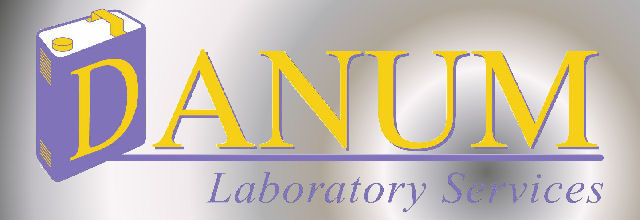Menu
|
 |
|
|
|
Action in the Event of an Outbreakfrom HSE L8
1.Legionnaires' disease is not notifiable under public health legislation in England and Wales but, in Scotland, legionellosis (i.e. all diseases caused by Legionella) is notifiable under the Public Health (Notification of Infectious Disease) (Scotland) Regulations 1988.
2.An outbreak is defined by the Public Health Laboratory Service (PHLS) as two or more confirmed cases of legionellosis occurring in the same locality within a six-month period. Location is defined in terms of the geographical proximity of the cases and requires a degree of judgement. It is the responsibility of the Proper Officer for the declaration of an outbreak. The Proper Officer is appointed by the local authority under public health legislation and is usually a Consultant in Communicable Disease Control (CCDC). In Scotland, it is the Consultant in Public Health Medicine (CPHM) employed by the Health Board and acting as Designated Medical Officer for the local authority.
3.Local authorities will have established incident plans to investigate major outbreaks of infectious disease including legionellosis. These are activated by the Proper Officer who invokes an Outbreak Committee, whose primary purpose is to protect public health and prevent further infection. This will normally be set up to manage the incident and will involve representatives of all the agencies involved. HSE or the local authority EHO may be involved in the investigation of outbreaks, their aim being to pursue compliance with health and safety legislation.
4.The local authority, CCDC or EHO acting on their behalf (often with the relevant officer from the enforcing authorities - either HSE or the local authority) may make a site visit.
5.As part of the outbreak investigation and control, the following requests and recommendations may be made by the enforcing authority.
(a).To shut down any processes which are capable of generating and disseminating airborne water droplets and keep them shut down until sampling procedures and any remedial cleaning or other work has been done. Final clearance to restart the system may be required.
(b).To take water samples from the system before any emergency disinfection being undertaken. This will help the investigation of the cause of the illness. The investigating officers from the local authorities may take samples or require them to be taken.
(c).To provide staff health records to discern whether there are any further undiagnosed cases of illness and to help prepare case histories of the people affected.
|
|
Back to top
© Danum Laboratory Services 2005 |
